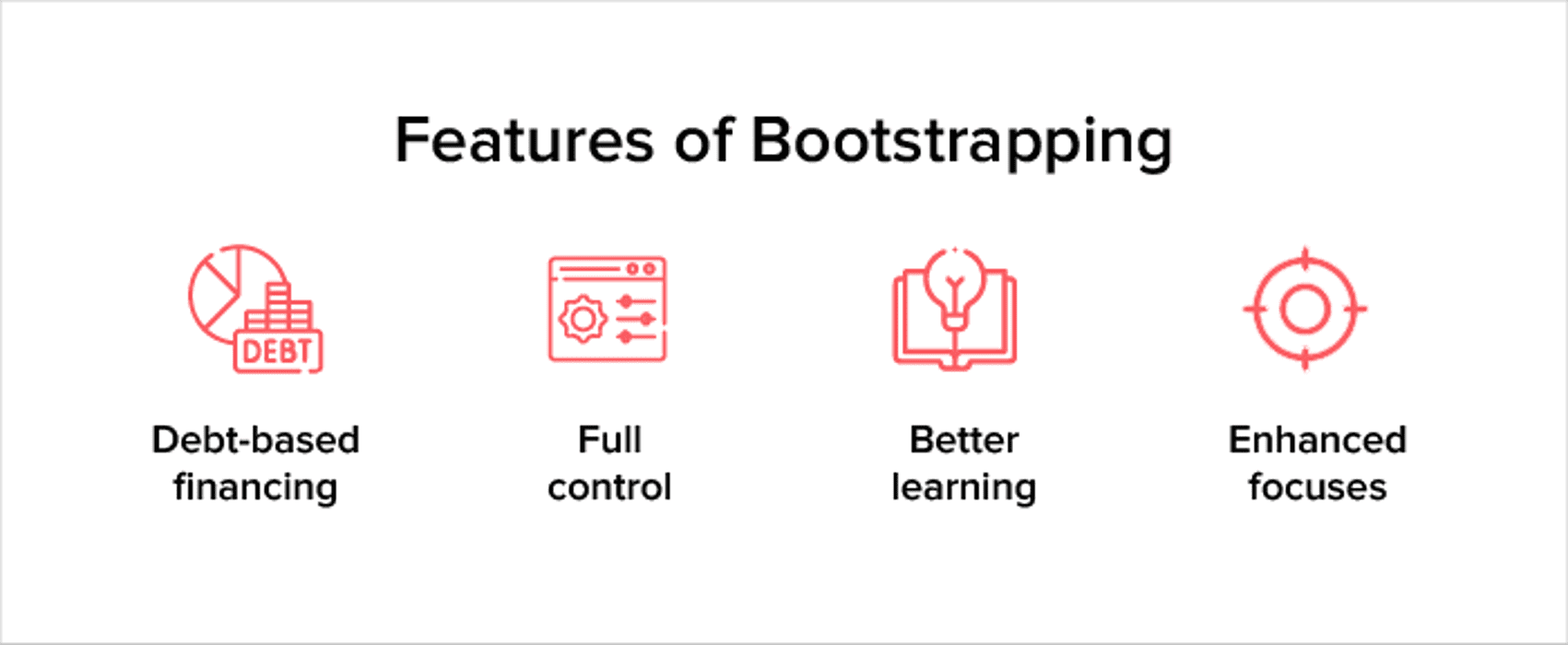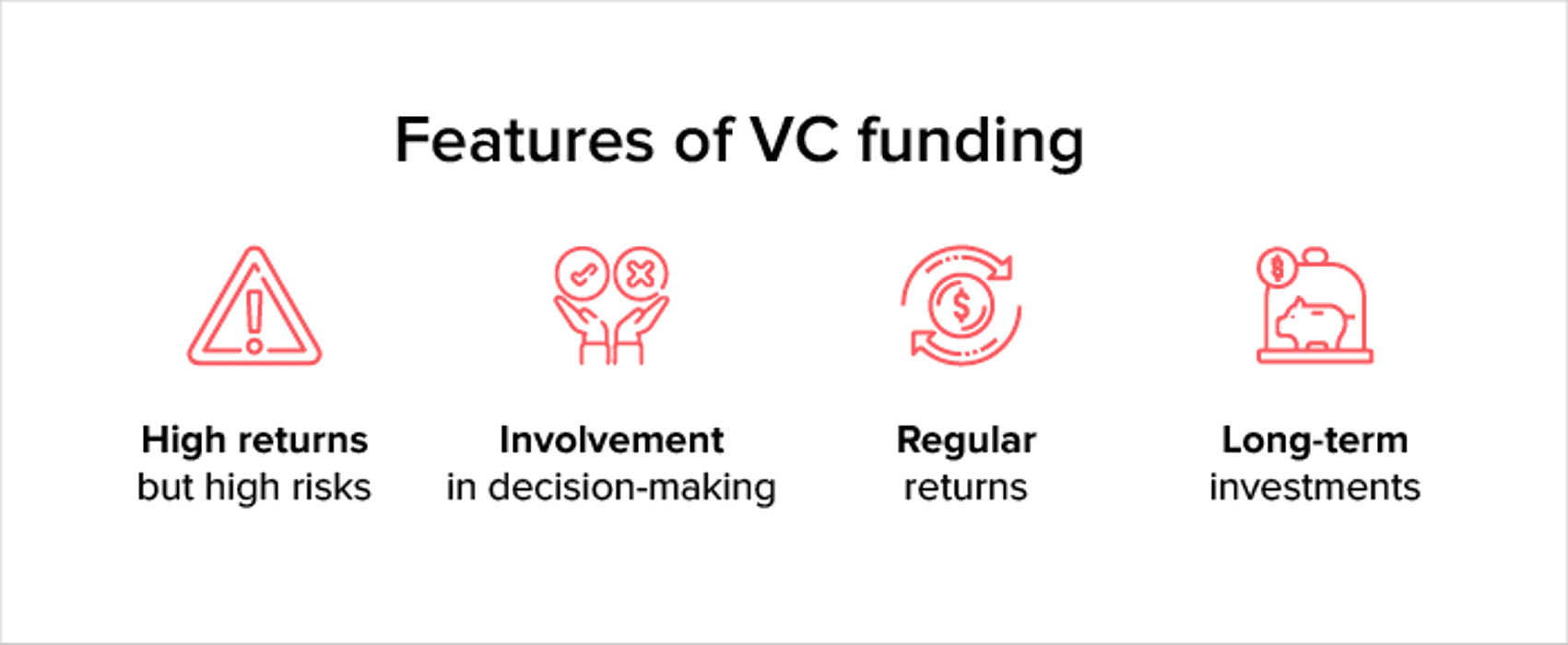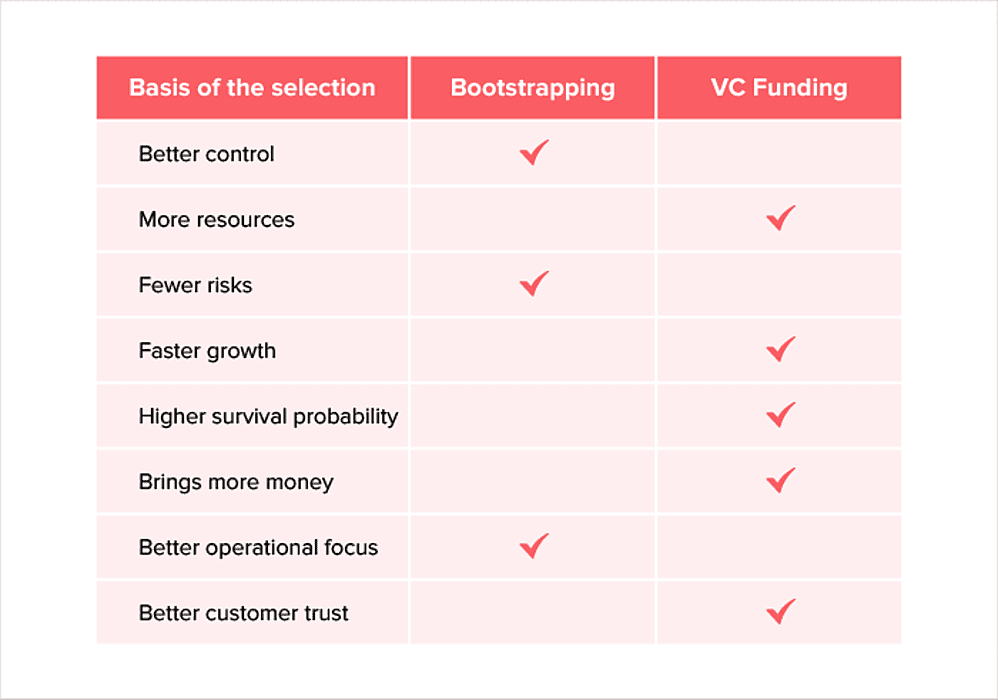
For aspiring entrepreneurs, planning and arranging funds is one of the most crucial issues that become the hurdle between them and their dreams. Even in the modern world, where angel investors or startup loans have become a common topic, it can be quite difficult to figure out what funding options are the best when it comes to raising money for your business idea.
In this guide to starting a business, we are discussing some major differences between the top two ways of raising funds for businesses- bootstrap funding vs. venture capital. But before we dive into the differences, let’s understand the concepts of bootstrap vs venture capital separately so it can be easy for you to understand how to get investors for your business ideas.
What do you understand by bootstrapping businesses?
Well, bootstrapping is a simple concept that refers to businesses that do not have an external funding source. The process does not require finding investors for small businesses or large corporations that the founder is planning to start. Instead, founders use their own savings and financial resources to sustain and grow the business.
On the other hand, venture capital is an entirely different approach. What is Venture Capital? It involves raising funds from external investors, typically venture capitalists, in exchange for equity or ownership stakes in the company.
If you're looking to explore different avenues for funding and growth, understanding the various types of corporations and how to incorporate your startup can be a crucial step in your entrepreneurial journey.
To understand the concept of bootstrap startup funding better, let’s dive into its crucial features!

1. Debt-based financing - One of the major differences between bootstrapping vs venture capital is that bootstrap financing is most of the time debt-based. Here, founders have the freedom to sign up for a loan, business credit card, and other such types of debts that can support the business. Moving forward, as the company grows with bootstrap funding, these debts can be paid off.
2. Full control - Another reason why most founders, especially in the initial stages, avoid looking for investors for small businesses is the control over business operations that the founder has. Bootstrapping finances do not require any interference from any outside parties apart from the regulatory bodies. Thus, the founder has entire control over the decision-making process for the business they have founded. Understanding venture debt financing can provide an alternative route to funding while still allowing founders to maintain a significant degree of control over their operations.
3. Better personal and professional learning - As Bootstrap enables the founders to make decisions themselves, the consequences of the decisions also add to the learning by the business owner. So, the growth of a business supported by bootstrapping finance also reflects the skillset and decision-making capacity of the business owner and attracts more investors.
4. Better focus - Instead of worrying about the sources of venture capital investments, the founder can simply remain focused on making business decisions to grow the business. It saves time, money, and efforts of the founder that are put into trying to convince investors.
What is venture capital funding?
To put the concept of VC funding in simple terms, the funding is done by VC businesses or investors who have the ability to afford losses. The reason behind this is that venture capital investments are done into startups or small businesses with huge growth potential. But, these venture capital startups also offer a high risk of loss. Thus, only a handful of investors are allowed to make this one of the most popular types of funding for startups.
Now, these venture capital startups are actively guided by venture capitalists who invest in the organization. From offering guidance to joining the organization as a board member, these investors actively involve themselves in the operational processes of the company that has signed up for the venture capital funds. Some other terms that are used to address this method of raising funds for businesses are seed funding for startups, early-stage startup investing, venture capital startups, etc.
Let’s have a look at some crucial features of VC funding to understand the venture capital industry better as well!

1. High returns but high risks - The very basic nature of seed funding for startups is that these investments are done with the intention of receiving high returns. However, the venture capital industry also knows that companies that they are investing in also have a great potential to offer risks on investments.
2. Involvement in decision-making - VC businesses also involve themselves in the decision-making process of the startup or business venture they invest in. In short, by signing up for VC funding, businesses also might have a source that could guide them better towards growth.
3. Regular returns - These types of funding for startups are chargeable, and the annual costs of such venture capital investments entirely depend on conditions. Some investors charge an annual fee on the seed funding for startups that they have made. However, some investors might also agree with sharing a certain percentage of profit made during each financial year.
4. Long-term investments - Compared to bootstrapping businesses, venture capital funding is done with a long-term vision. These investors look forward to growing the business they invested in and earning money through equities, fees, etc, for a long time in the future.
[Also Read - Stages of Venture Capital]
What should you pick from bootstrapping vs venture capital?
Well, in the race between bootstrap vs funding from venture capital, the decision to pick one option is entirely up to your requirements and preferences. Here are a few reasons that can help you in picking bootstrapping or venture capital funding.

Wrapping Up
So, to put it simply, bootstrapping or venture capital funding, both have their own benefits. However, depending on the requirements of your business, these benefits might influence your decision. For instance, plenty of developers investing in mobile apps are focused on bootstrapping during the initial days of launching the app and building a company. Mailchimp, GitHub, Shutterstock, and Ipsy are some of the commonly known examples of bootstrapped startups that you might have heard about quite a lot.
Lastly, we hope that our take on the discussion of bootstrap funding vs VC funding has been useful for your business aspirations. We recommend that you should explore more of our in-depth blogs on MobileAppDaily to understand different segments of markets better. You can read about blockchain startups, tech trends, and more.










